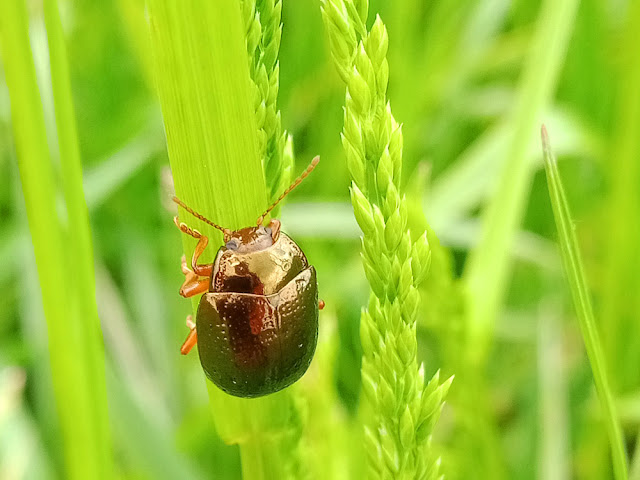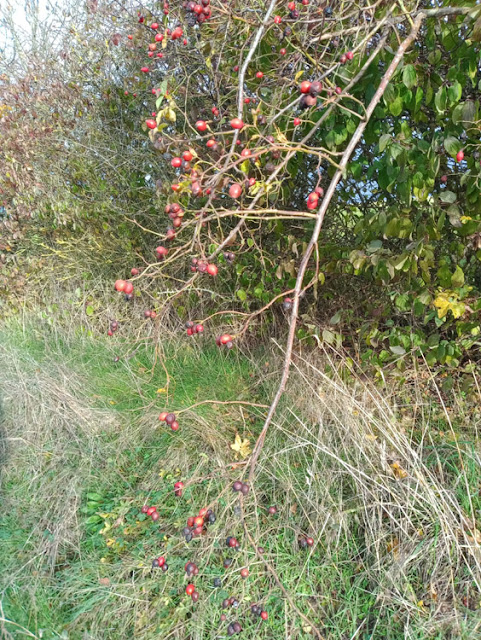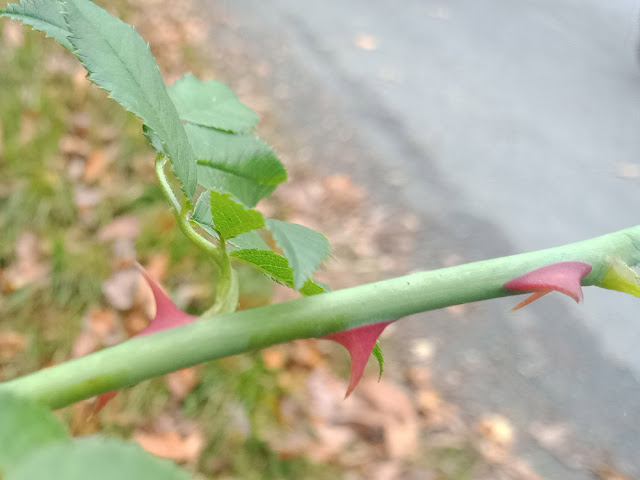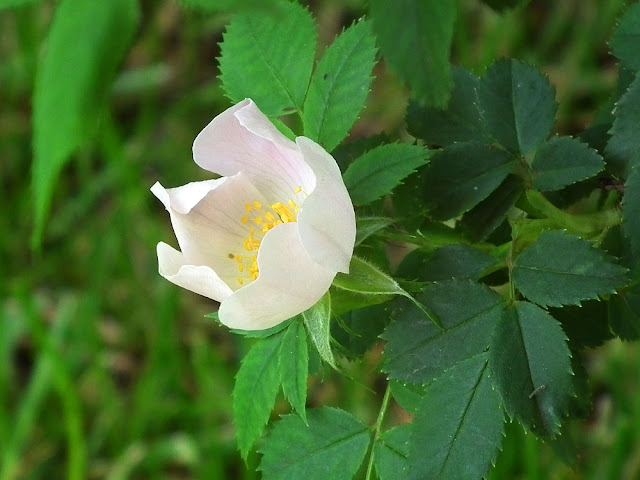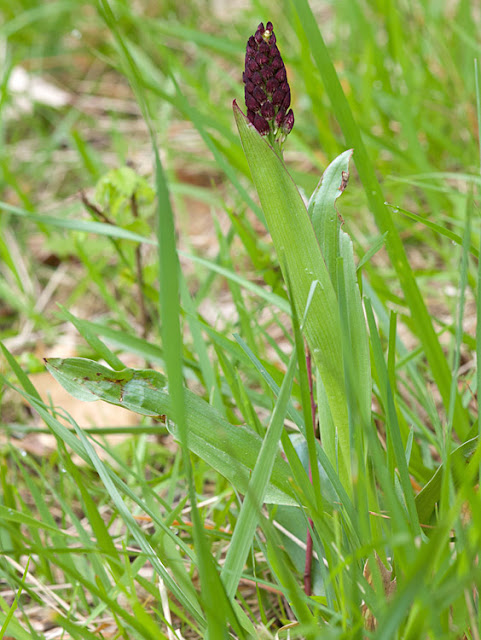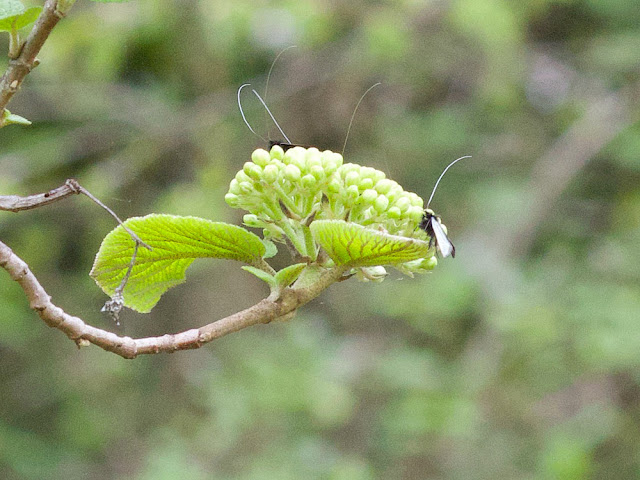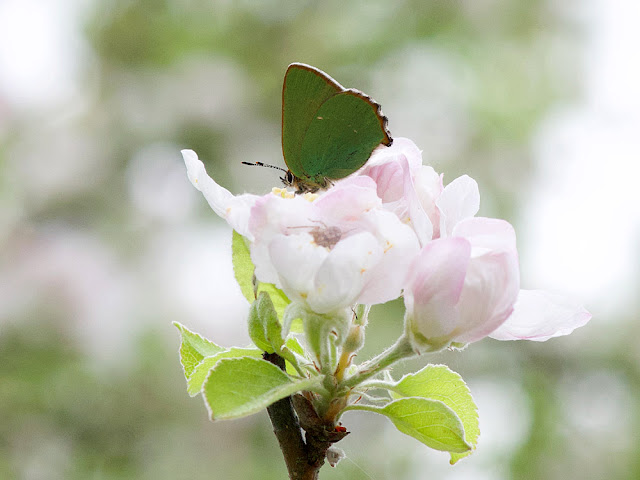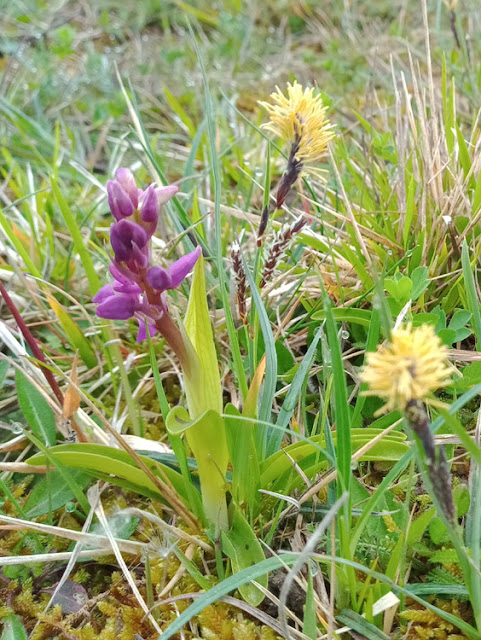I wrote last Saturday about Rubiera, and mentioned I'd be writing about the
hotel another day. This is that day.
I had booked a room at the Hotel Arnaldo Aquila d'Oro, via an online booking
engine. The price (40€61) seemed so much of a bargain that certain people feared
it was some sort of scam. It turned out not to be, just a combination of sheer
good luck and doggedness on my behalf.
The exterior of the hotel makes promises the interior lives up to.
HOTEL ARNALDO AQUILA D'ORO
is located in an old 15th century building that once housed a post station
with stables for horses and an inn to accommodate pilgrims passing through
Rubiera.
The hotel is located in the same building as the Arnaldo Clinica
Gastronomica restaurant, and both have been owned and managed by the same
family for three generations. Since Arnaldo and Lina bought the inn in 1936,
many changes, renovations and improvements have been made, while maintaining
the same elegantly rustic flavour as in the past.
And I couldn't have put it better myself.
Our room was large, comfortable, pleasantly cool, and nicely furnished with proper antiques (not just granny's old stuff). The bathroom was similar.
You will have noticed mention of the Arnaldo Clinica Gastronomica restaurant.
That's the hotel's own 1* Michelin star restaurant. I suspect that the fact
that the restaurant doesn't open on Sunday evenings is the reason the hotel
was so amazingly priced for us. We ate out at a perfectly acceptable
restaurant about 100 metres from the hotel.
Breakfast was an entirely different matter. Our booking included breakfast at the hotel, and
I had checked by email that we had enough time for a relaxed breakfast before
departing for the parmesan farm. They assured us we did, so as soon as we felt it was polite we went downstairs, grabbed a table under the arcade, and wandered
in to check out our options.
Man looking overwhelmed by what he saw in the breakfast room.
The breakfast buffet was probably the most comprehensive I have seen in
Europe. There were the staples of multiple varieties of breads, jams and
pastries, cheese and meat (presumably for any Dutch clients) dairy, cereals, a
vast range of fruit juices and teas, fresh and stewed fruit. Coffee was
ordered from the nice waitress at the tea and coffee bar and delivered to the
table. I could have spent another hour being stylish and elegant, but parmesan
was calling.
More food than you can shake a stick at
The
Hotel Arnaldo Aquila d'Oro's website is here.









